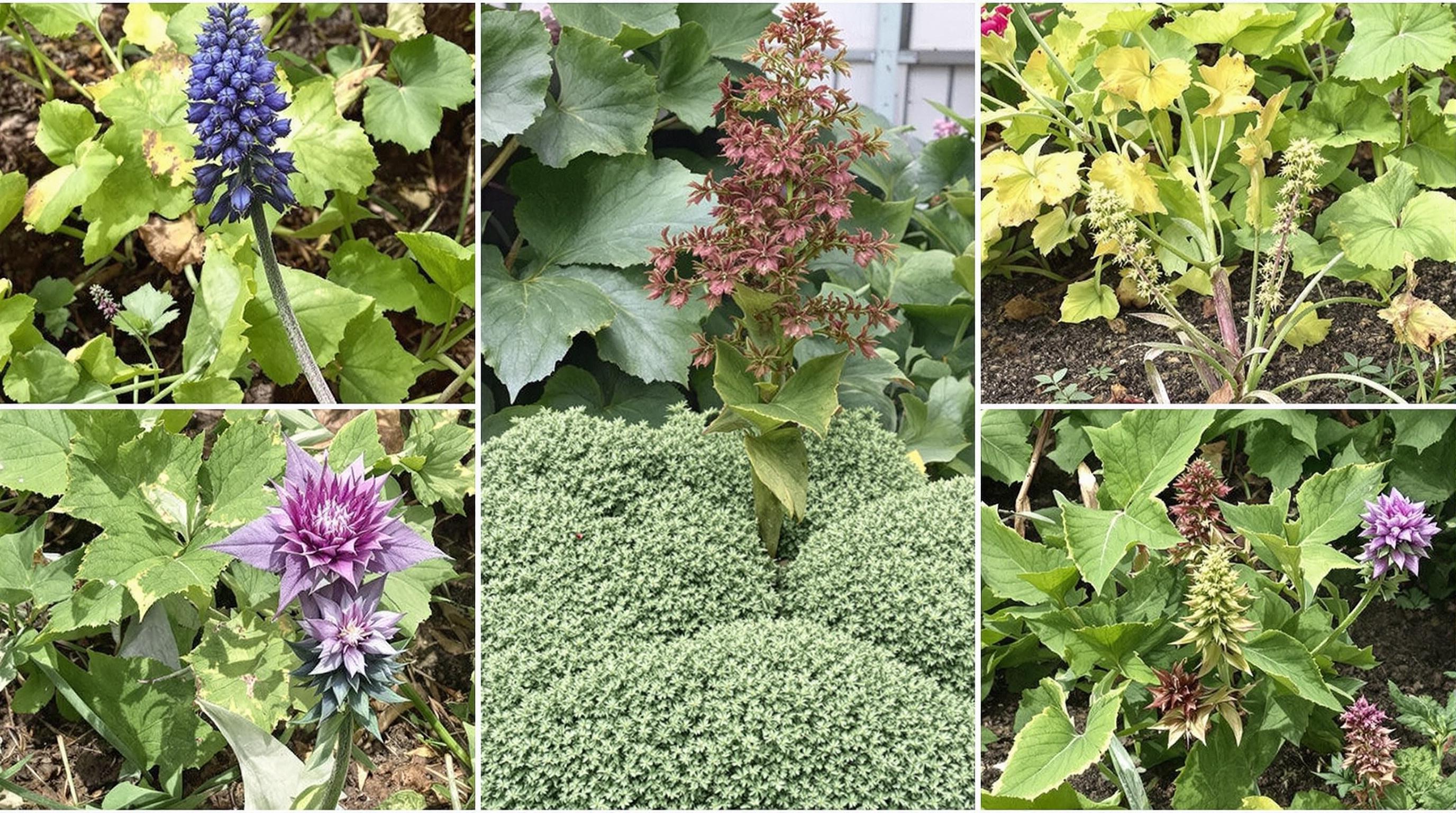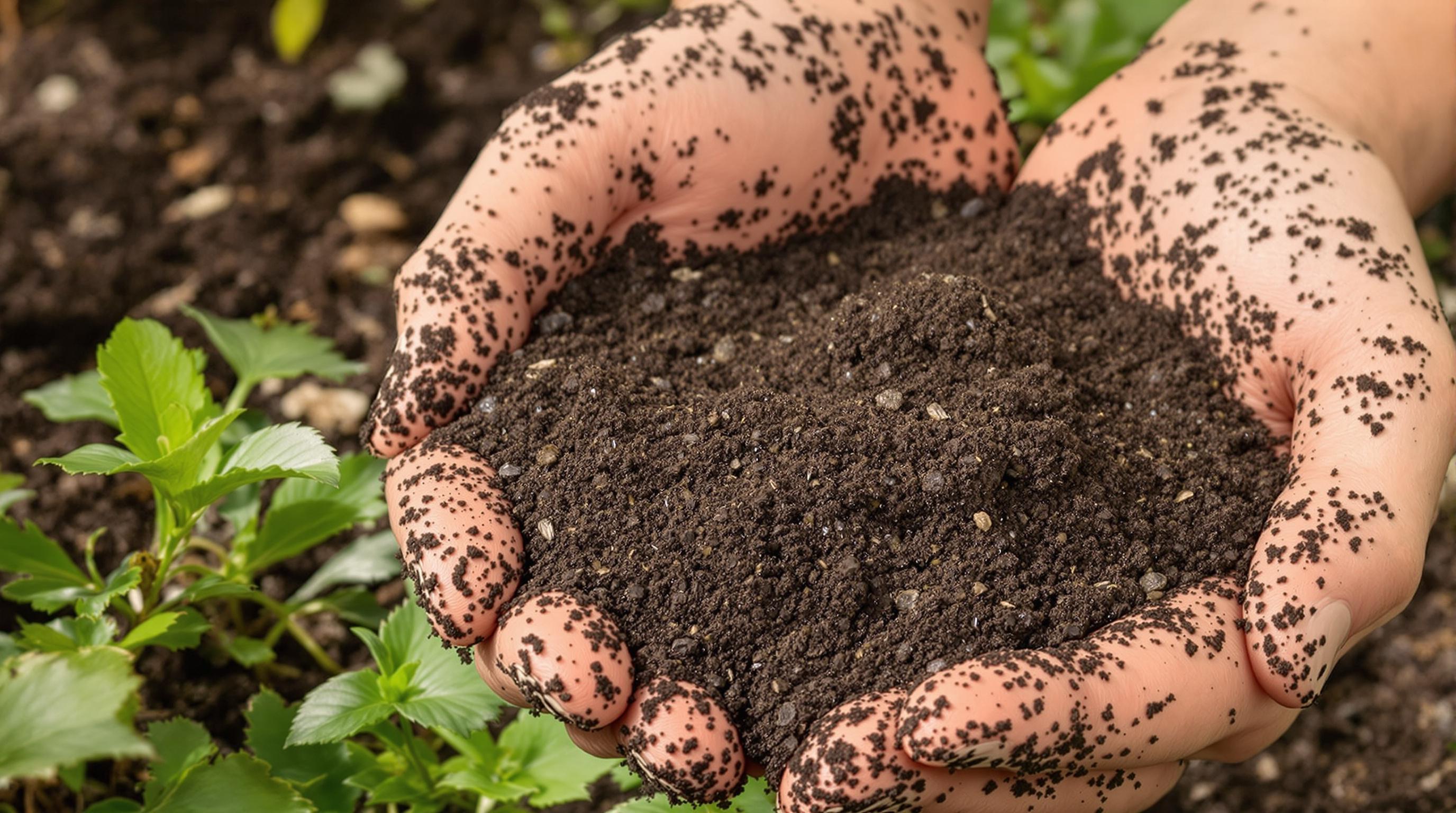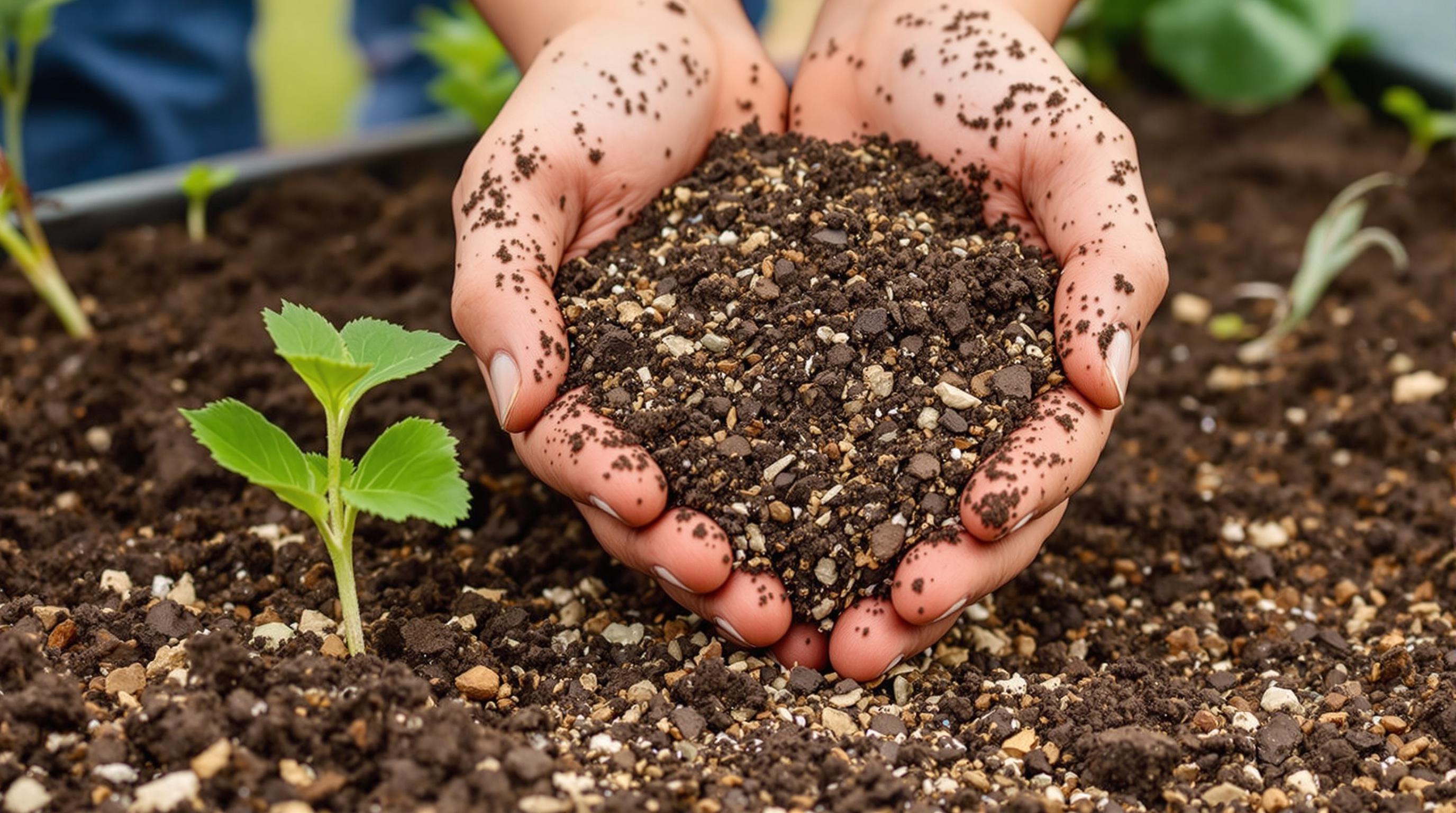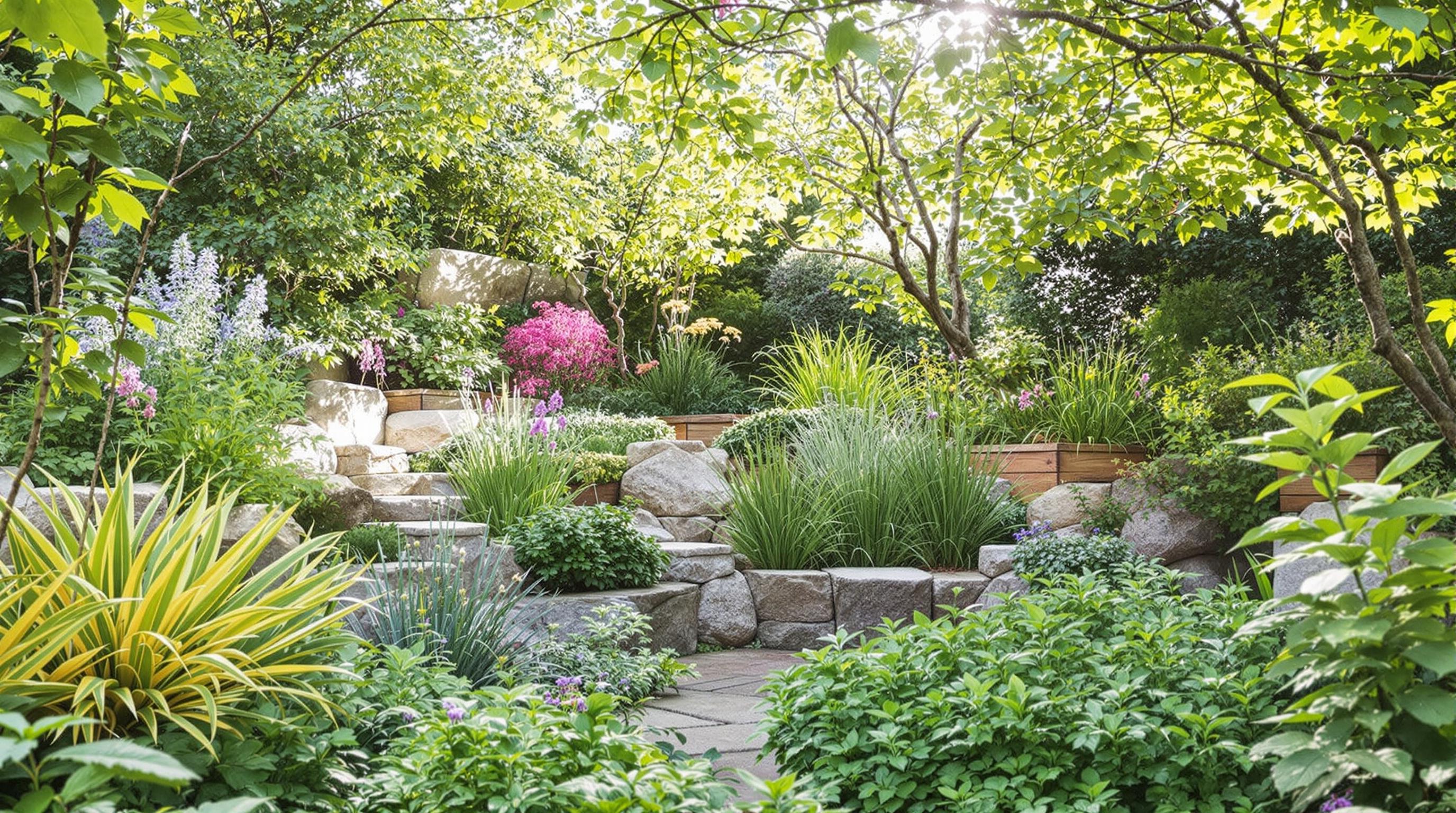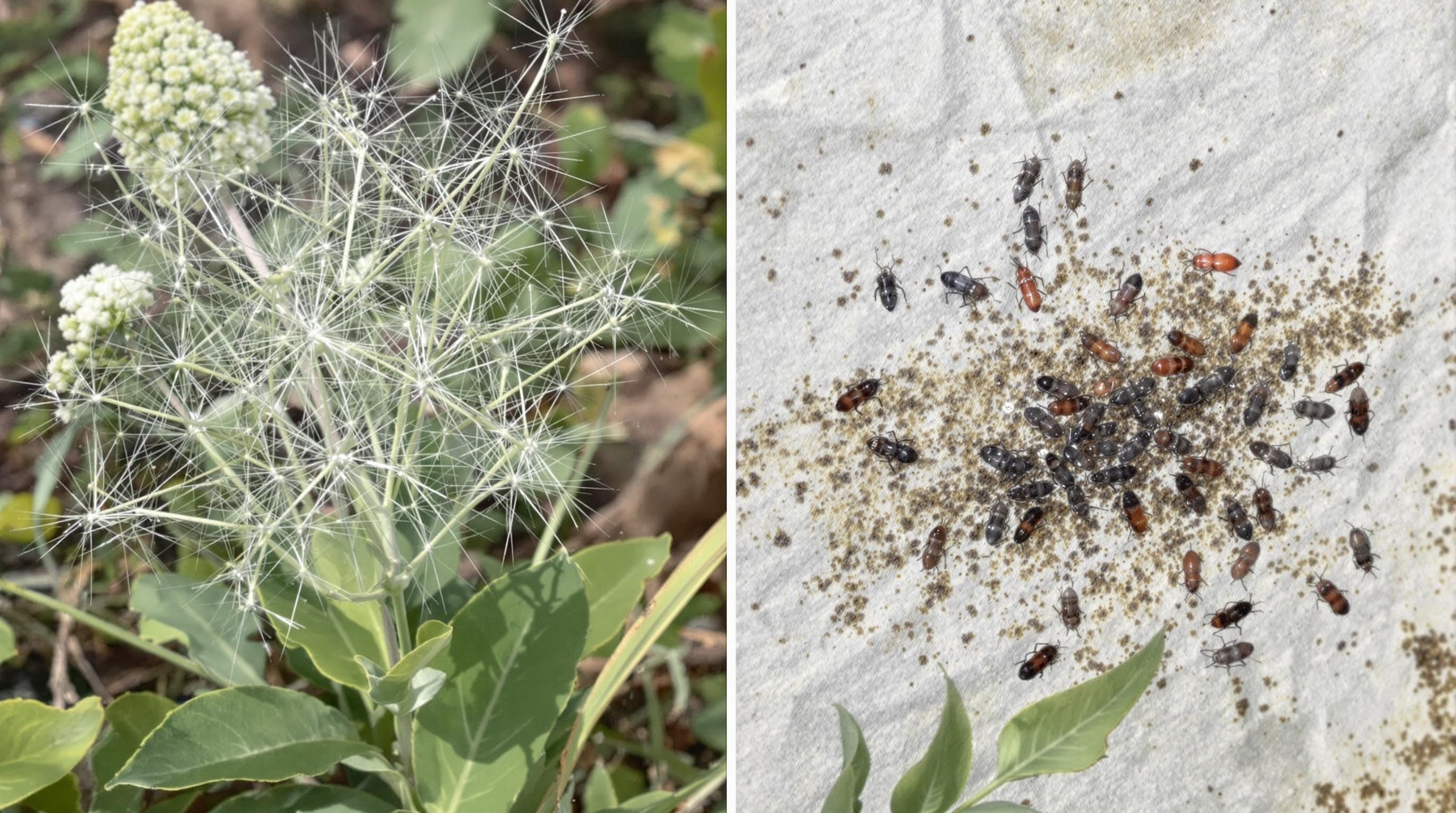Related Articles
- The Hidden Influence of Ergonomics: How Tool Design Shapes Our Physical Spaces and Daily Lives
- The Silent Influence: How Hidden Home Implements Shape Our Daily Routines and Spaces
- The Counterintuitive Role of Chaos: How Messy Tool Storage Can Lead to Unexpected Home Innovations
- Exploring the Unseen: How Audio Experiences Shape the Art of Domestic Spaces and Color Perception
- Rethinking the Mundane: How Everyday Objects are Becoming the Canvas for Modern Artistic Expression in Home Spaces
- Cultivating Chaos: The Surprising Benefits of Embracing Weeds in Your Garden Ecosystem
Unconventional Edibles: Discovering Bizarre Plants to Cultivate in Your Vegetable Patch
Unconventional Edibles: Discovering Bizarre Plants to Cultivate in Your Vegetable Patch
Are you tired of the same old tomatoes and cucumbers? This article explores unusual plants you can cultivate in your vegetable patch, igniting your culinary creativity while expanding your gardening horizons.
The Allure of the Unconventional
Why settle for ho-hum vegetables when you can cultivate eye-catching, mouth-wateringly unique edibles? Growing unconventional plants not only spices up your plate but also piques the curiosity of friends and family. Imagine hosting a dinner party where your culinary offerings include dragon fruit, ramps, and purple carrots—your guests will be snapping photos instead of just asking for seconds!
A Journey Through the Unusual
As a passionate gardener, I often wander into my local farmers market just to chat with the farmers. One such encounter changed my perspective on what I can grow in my own backyard. There I met Juan, a middle-aged farmer tending to an array of bizarre vegetables. “Why not try cultivating some edible flowers?” he suggested while holding a bunch of vibrant nasturtiums. Interestingly, flowers like nasturtiums not only add color to your salads but also pack a peppery flavor that delights the palate. You can even use them as garnishes to show off your skills as a burgeoning chef!
Statistics That Shock!
Did you know that approximately 75% of America’s vegetable production consists of just 12 types of crops? That makes a compelling case for experimenting with less common varieties. The lack of diversity in our diets can lead to nutritional deficiencies, where consuming a wider range of plants can provide essential vitamins and minerals. (Source: USDA, 2021)
Top 5 Bizarre Edibles to Cultivate
1. Dragon Fruit (Pitaya)
Dragon fruit is as charming as its name suggests. This exotic plant requires minimal maintenance and is drought-resistant. Furthermore, dragon fruit boasts a delightful taste that crosses between kiwi and pear. You can plant it in your garden and enjoy its visually stunning, hot-pink skin and green-scaled leaves while incorporating it into smoothies or fruit bowls.
2. Ramps (Wild Leeks)
Ramps are a rare find in supermarket aisles but are a chef's secret weapon. They look like green onions but add a distinct garlicky flavor to dishes. Ramps flourish in the wild during springtime and can be grown in shaded areas of your garden. The first time I tried a dish with ramps in it was transformative; it was a soup that popped with flavor!
3. White Tomatoes
While many people are familiar with red varieties, white tomatoes are an eye-catching addition to any salad. They are surprisingly sweet and low in acidity; their unique color can take your dishes from ordinary to extraordinary. Try hosting a taste test by offering both red and white tomatoes to friends—you’ll be surprised by their reactions!
4. Sea Kale
Sea kale brings a touch of the coast to your garden. Its leaves are rich in vitamins A and C, while the tender flower buds can be steamed like broccoli. Not only does it look stunning with its waxy leaves, but it's also a perennial that can continue to delight your taste buds for years!
5. Purslane
If you think weeds are meant to be destroyed, think again! Purslane is packed with omega-3 fatty acids and can add a succulent crunch to salads or sandwiches. Plus, it’s a drought-resistant plant, making it perfect for those of us with busy schedules or less-than-ideal gardening climates.
Why Go Unconventional?
One of the main reasons to embrace unconventional edibles is their nutritional benefits. According to the CDC, diverse diets are linked to lower instances of chronic diseases. By growing unusual plants, you are not only feeding your family different flavors but also enhancing their health. “Eating colorful foods is vital; it reflects the variety and nutrition in one’s diet,” says registered dietitian Maria Garcia.
Case Studies in Edible Wonders
Let’s take a page from Anne, a 32-year-old urban gardener from Chicago. After relocating to a smaller apartment with only a balcony, Anne decided to test her green thumb. She successfully grew a vertical garden filled with edible flowers, including pansies and calendula. “The beauty was as astounding as the flavors! Friends loved the colorful pasta salads I made using these blooms,” Anne shares.
Swipe Right on Edibles!
If only you could swipe right on vegetables like you do with potential partners! Just think about it—going to that local gardening club and discovering exciting new plants always fosters a feeling of community and sharing. Networking with other gardeners who share your enthusiasm for the peculiar can open doors to exchanges or even new friendships baked in the warmth of shared dirt and seed dreams...
The Modern Gardening Revolution
Growing these peculiar plants is more than just a trend—it's part of a larger movement to develop sustainable gardening practices. Community gardens worldwide have begun to flourish as people embrace unique growing techniques. By joining community forums or social media groups, you can learn from both novices and seasoned gardeners alike. A 2022 survey revealed that 52% of Americans were growing their food due to concerns about food security (Source: National Gardening Association). What a delicious statement of empowerment!
Gardening Tips for Beginners
Nervous about growing your own food? Here are some handy tips to get started:
- Research: Get to know your chosen plants. Not all plants thrive in every climate, so ensure you understand their needs.
- Start Small: Consider starting with one or two unconventional plants. This allows you to learn the ropes without feeling overwhelmed.
- Join Gardening Communities: Often, gardeners are more than willing to share tips. Their successes and failures can guide you on your journey!
Prepare for the Harvest
Upon harvesting your unique edibles, preparation and presentation are key! Don’t be shy about showcasing your homegrown treasures on social media. You might inspire others to step outside their culinary comfort zones. Imagine the hashtags: #WeirdVeggies #CultivateCuriosity. Catchy, right?
In Conclusion
Why not turn your garden into a culinary playground? By cultivating bizarre edibles, not only do you diversify your diet but also enhance the beauty of your meals, turning them into true masterpieces. Even if this journey appears daunting at first, remember that every garden began with a single seed—and every extraordinary dish starts with an adventurous cook.
Whether you're 16 or 70, there’s never a bad time to experiment with your vegetable patch. Happy gardening!
